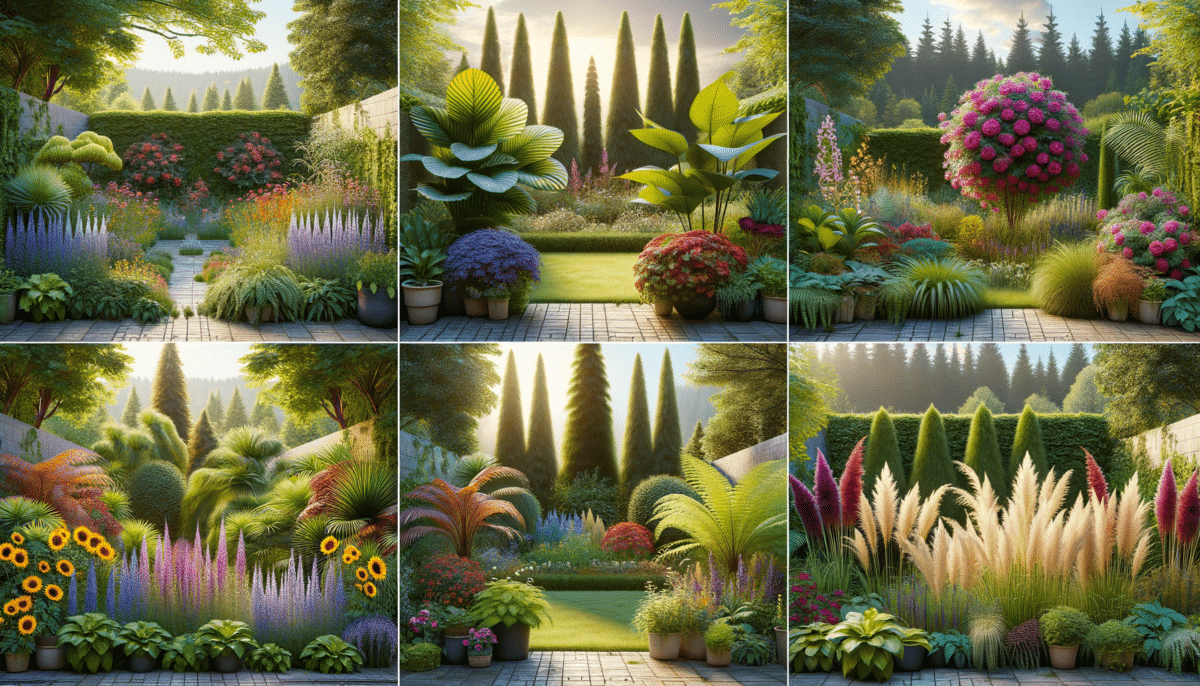The Art of Garden Design
Gardening is more than just a hobby; it’s an art form that combines creativity with nature. A well-designed garden can enhance the beauty of your home, provide a sanctuary for relaxation, and even boost your property’s value. The art of garden design involves selecting the right plants, understanding their growth patterns, and arranging them in a way that complements the landscape.
When planning a garden, it’s essential to consider the climate and soil conditions. Different plants thrive in different environments, so understanding your local climate is crucial. Researching native plants can also provide insights into which species will flourish in your area. Additionally, consider the garden’s purpose—whether it’s for aesthetic appeal, growing vegetables, or attracting wildlife.
Designing a garden involves a balance of structure and spontaneity. Formal gardens often feature symmetrical layouts and geometric shapes, while informal gardens embrace a more natural, free-flowing design. Incorporating elements like pathways, water features, and seating areas can enhance the garden’s functionality and aesthetic appeal.
Choosing the Right Plants
Choosing the right plants is a critical step in garden design. The selection process depends on various factors, including the amount of sunlight the garden receives, the soil type, and the garden’s overall theme. It’s important to select plants that not only thrive in your garden’s conditions but also complement each other in terms of color, texture, and height.
For instance, perennials are a popular choice for many gardens due to their ability to return year after year. They provide a stable foundation for the garden, allowing for seasonal variations with annuals. Consider plants like lavender, which offers both fragrance and color, or hostas, known for their lush foliage and shade tolerance.
Additionally, incorporating a mix of flowering plants and evergreens can ensure that the garden remains visually appealing throughout the year. Flowering plants add bursts of color during their blooming seasons, while evergreens provide structure and greenery even in the colder months. Some popular choices include hydrangeas, known for their large, colorful blooms, and boxwoods, which offer year-round greenery.
Creating a Sustainable Garden
Sustainability is an important consideration in modern gardening. A sustainable garden not only benefits the environment but also reduces maintenance efforts and costs. Implementing practices such as composting, rainwater harvesting, and using organic fertilizers can significantly enhance your garden’s sustainability.
Composting is an effective way to recycle garden waste and enrich the soil with nutrients. By composting kitchen scraps and garden clippings, you can create a natural fertilizer that supports plant growth without the need for chemical additives. Similarly, rainwater harvesting involves collecting and storing rainwater for garden irrigation, reducing the reliance on municipal water supplies.
Moreover, selecting drought-resistant plants can minimize water usage and ensure the garden thrives even during dry spells. Plants such as succulents and ornamental grasses are excellent choices for water-wise gardening. These plants not only require less water but also add unique textures and shapes to the garden landscape.
Incorporating Edible Plants
Incorporating edible plants into your garden can be both rewarding and practical. Growing your own fruits, vegetables, and herbs not only provides fresh produce but also enhances the garden’s diversity. Edible gardens can be seamlessly integrated into ornamental landscapes, offering both beauty and functionality.
When planning an edible garden, consider the space available and the types of plants you wish to grow. Raised beds are a popular option for vegetable gardens as they provide good drainage and can be easily accessed for planting and harvesting. Additionally, vertical gardening techniques can maximize space by allowing plants to grow upwards, making them ideal for small gardens or balconies.
Some easy-to-grow edible plants include tomatoes, which thrive in sunny spots, and basil, which can be grown in containers or garden beds. Incorporating fruit-bearing shrubs like blueberries or raspberries can also add color and interest to the garden while providing delicious seasonal treats.
Maintaining Your Garden
Regular maintenance is essential to keep your garden looking its best. Tasks such as watering, pruning, and weeding are crucial for plant health and garden aesthetics. It’s important to establish a routine that suits your garden’s needs and your schedule.
Watering is a fundamental aspect of garden maintenance. It’s best to water plants early in the morning or late in the afternoon to minimize evaporation. Drip irrigation systems can be an efficient way to deliver water directly to the plant roots, reducing water waste.
Pruning helps maintain plant shape and encourages healthy growth. Regularly removing dead or diseased branches can prevent the spread of pests and diseases. Additionally, weeding is necessary to reduce competition for nutrients and water, ensuring that your plants have the resources they need to thrive.
By dedicating time and attention to garden maintenance, you can enjoy a vibrant and flourishing outdoor space year-round.
